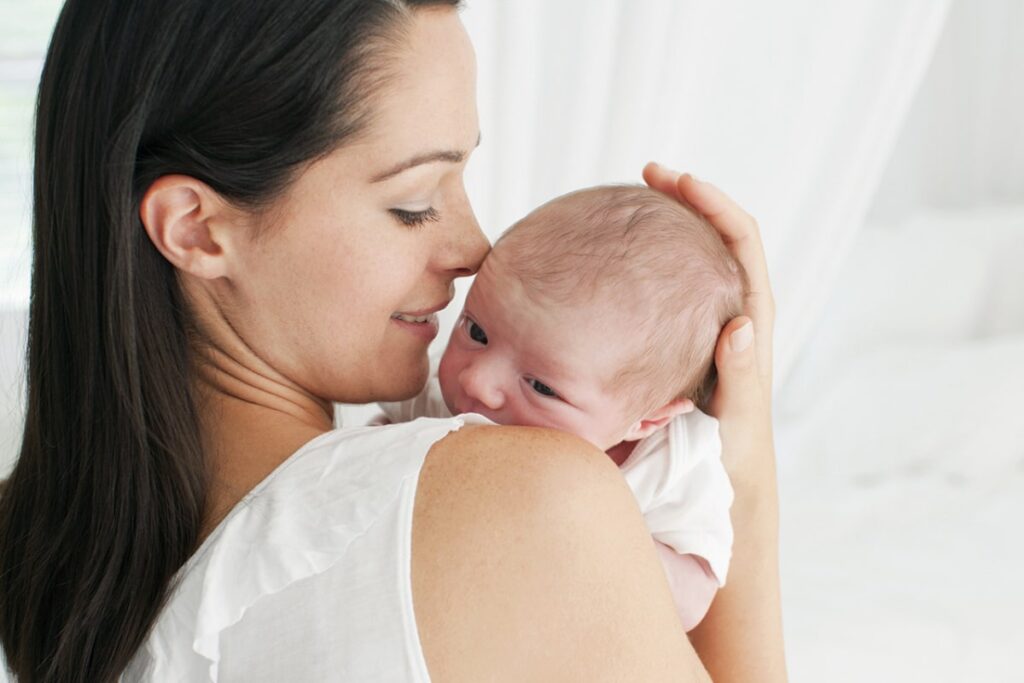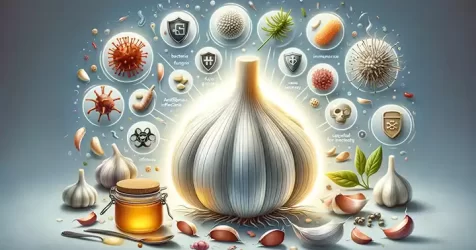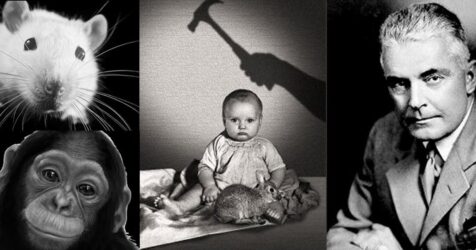How a pregnant woman’s body is protected by her unborn child

The cells of the baby travel into the mother’s bloodstream during pregnancy and then return back into the fetus, a process known as “feto-maternal microchimerism.”
The cells circulate and join in a permanent circuit for 40 weeks, and many of these cells remain in the mother’s body after the baby is born, leaving a permanent mark on the mother’s tissues, bones, brain, and skin, and remaining there for a decade. After that, every child a mother has would leave a similar mark on her body.

These cells travel into the bloodstream even if a pregnancy is not complete or if you have an abortion.
If a mother’s heart is affected, fetal cells rush to the site of the affected spot and transform into other types of cells that specialize in cardiac healing, according to research.
The infant aids in the repair of the mother, while the mother constructs the child.
Isn’t that amazing?

This is frequently the reason why certain diseases disappear in pregnant women.
It’s incredible how mothers’ bodies defend their babies at all costs, and the baby in turn protects and rebuilds the mother so that the infant can develop and survive securely.
Consider your cravings for a moment. What deficit did the mother have that made her baby crave?
Cells from a fetus have also been found in a mother’s brain 18 years after birth, according to studies. Isn’t that incredible? “If you’re a mother, you’re well aware of how intuitively your child can feel even when he isn’t around… Now, there is solid proof that mothers continue to wear them for years after giving birth.



















